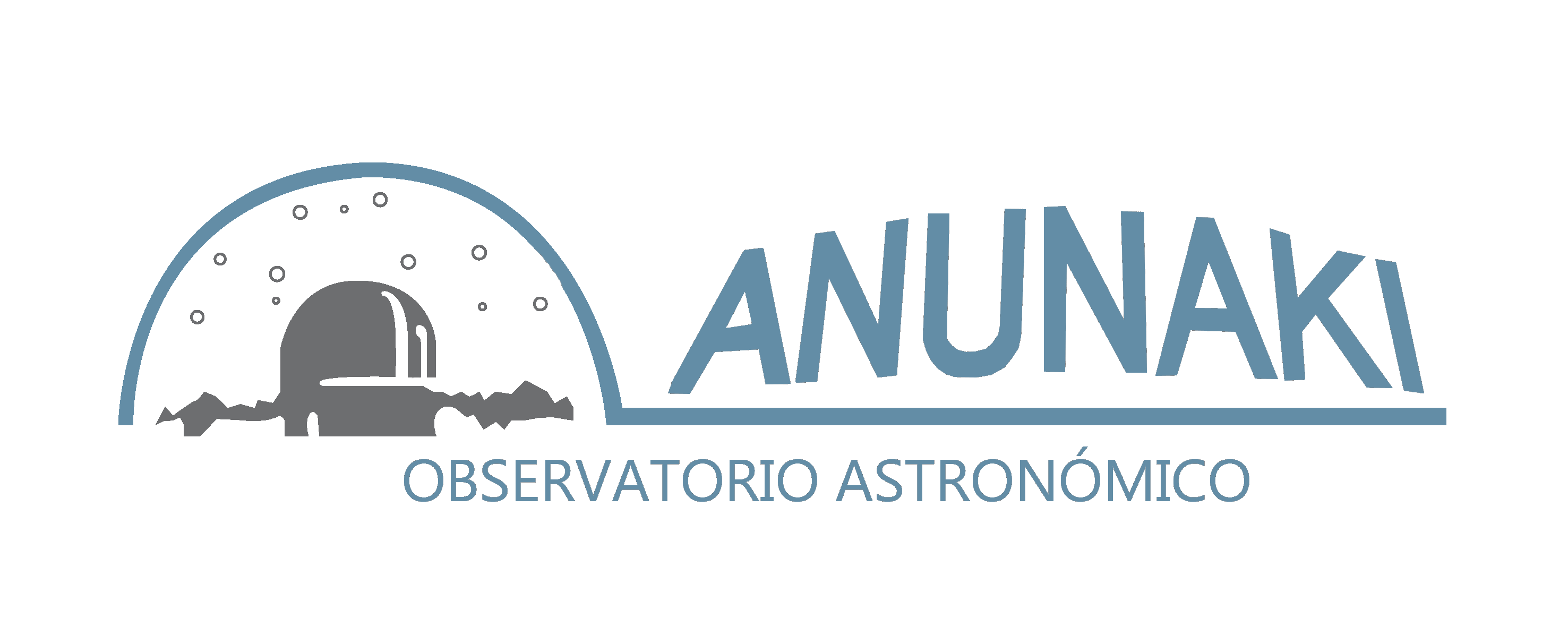LBN 437 is a cosmic dust cloud found in space and belongs to a category of dark nebulae included in the LBN (Lynds’ Catalogue of Bright Nebulae). These nebulae are areas where there is so much dust and gas that they block the light from the stars behind them. That is why, instead of shining like other nebulae, they look like dark spots in the sky.
The LBN 437 nebula is located in the constellation Lacerta, which translates as “The Lizard” and is about 450 light-years from Earth. This dark nebula has an interesting and complex shape. If you look at the image, you will notice that it looks like a dense cloud with filaments or threads snaking through space, this structure looks very good in infrared images, where the cold dust is more apparent. What you are seeing is interstellar dust that is so dense that it blocks starlight, creating these dark and mysterious shapes.

The dust in LBN 437 is made of small particles, which are often the remains of stars that exploded long ago.
This dust is also raw material for forming new stars, which means that, although it is a dark cloud now, in the future it could be the birthplace of new stars.
In short, LBN 437 is like a giant cosmic cloud, where dust and gas clump together in space, blocking starlight and creating a dark spot in the sky.
Technical data of the acquisition:
Baader Blue (CMOS-Optimized) 36 mm: 20×300,″(1h 40′)
Baader Green (CMOS-Optimized) 36 mm: 20×300,″(1h 40′)
Baader H-alpha 6.5nm (CMOS-Optimized) 36 mm: 65×900,″(16h 15′)
Baader Red (CMOS-Optimized) 36 mm: 20×300,″(1h 40′)
Baader UV/IR CUT Luminance (CMOS Optimized) 36 mm: 52×300,″(4h 20′)
Time integration:
25,35h
Astrobin: https://astrob.in/kummcn/0/
